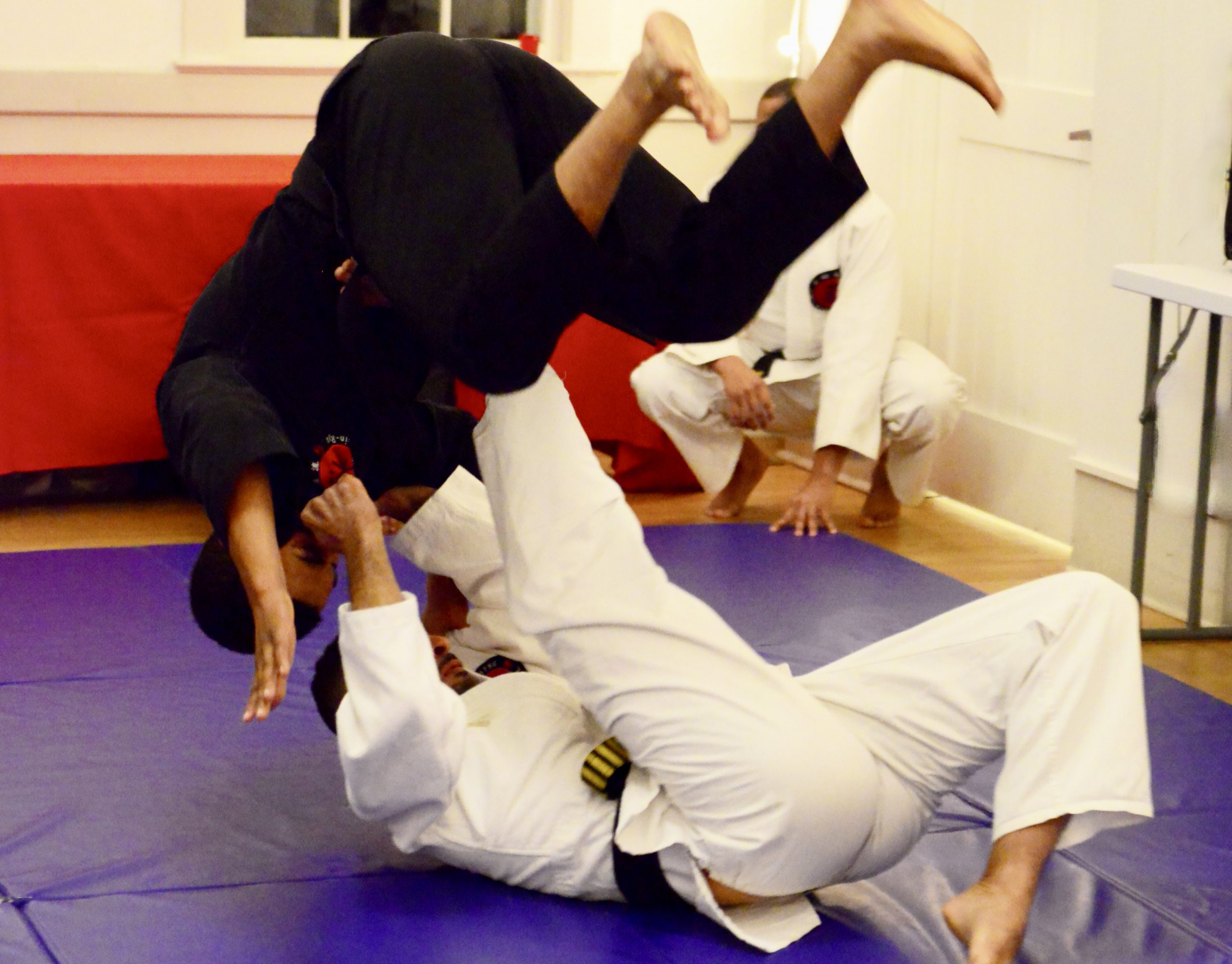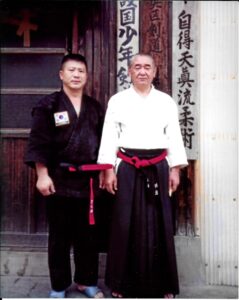The Origins of Jujutsu
Jujutsu, or Japanese martial arts, has a long and fascinating history that dates back centuries. It is one of Japan’s oldest forms of martial arts, with evidence that its roots date back to the Heian period. Jujutsu remains an important part of Japanese culture and is practiced by millions worldwide. Let’s look at the history of jujutsu and how it has evolved over time.
Jujutsu originated in Japan during the Heian period (794–1185). During this time, samurai warriors used jujutsu to defend themselves against armed opponents without using weapons. Over time, jujutsu evolved from simply being self-defense techniques into more elaborate systems for combat and training. By the end of the Edo period (1603–1868), jujutsu had become an established martial art form in Japan.
Modern Jujutsu
In modern times, jujutsu has continued to evolve and develop as new techniques are added while older techniques are refined. In addition to its use in self-defense, jujutsu is now used in competitive sports such as mixed martial arts (MMA) fighting. In these competitions, fighters use striking and grappling techniques from several martial arts styles, including judo and Brazilian jiu-jitsu (BJJ).
Jujutsu is also popular among recreational practitioners who use it as a form of physical exercise or for self-improvement, such as stress relief or increased confidence. As a result, many different types and styles of jujutsu are now available for people to learn and practice.
Jujutsu is one of Japan’s oldest forms of martial arts, with evidence that dates back centuries. It has been an integral part of Japanese culture throughout its history but has also adapted to modern times with various different styles available for practitioners around the world to enjoy today. Whether you’re looking for physical fitness or self-defense training, there’s something for everyone when it comes to learning about Jujutsu’s fascinating history and evolution!




